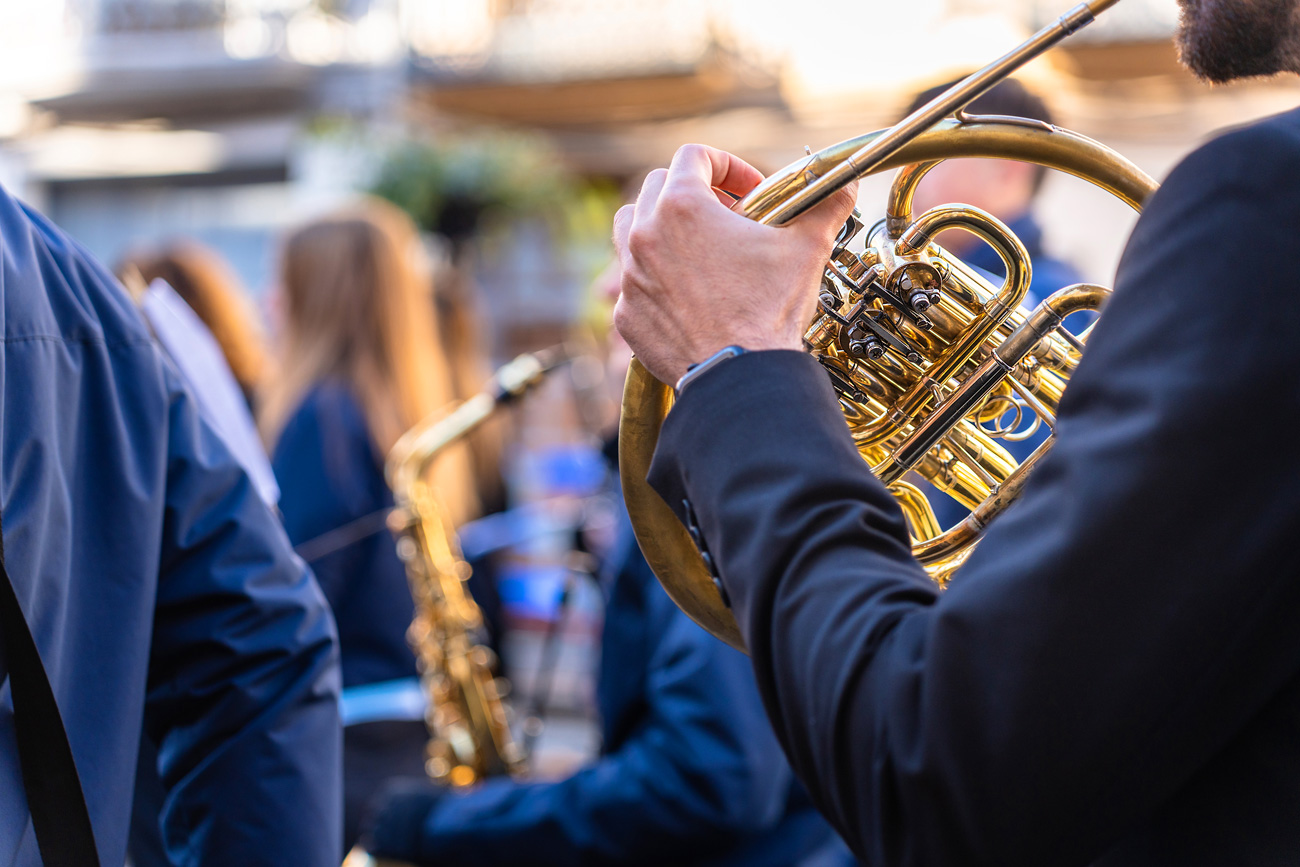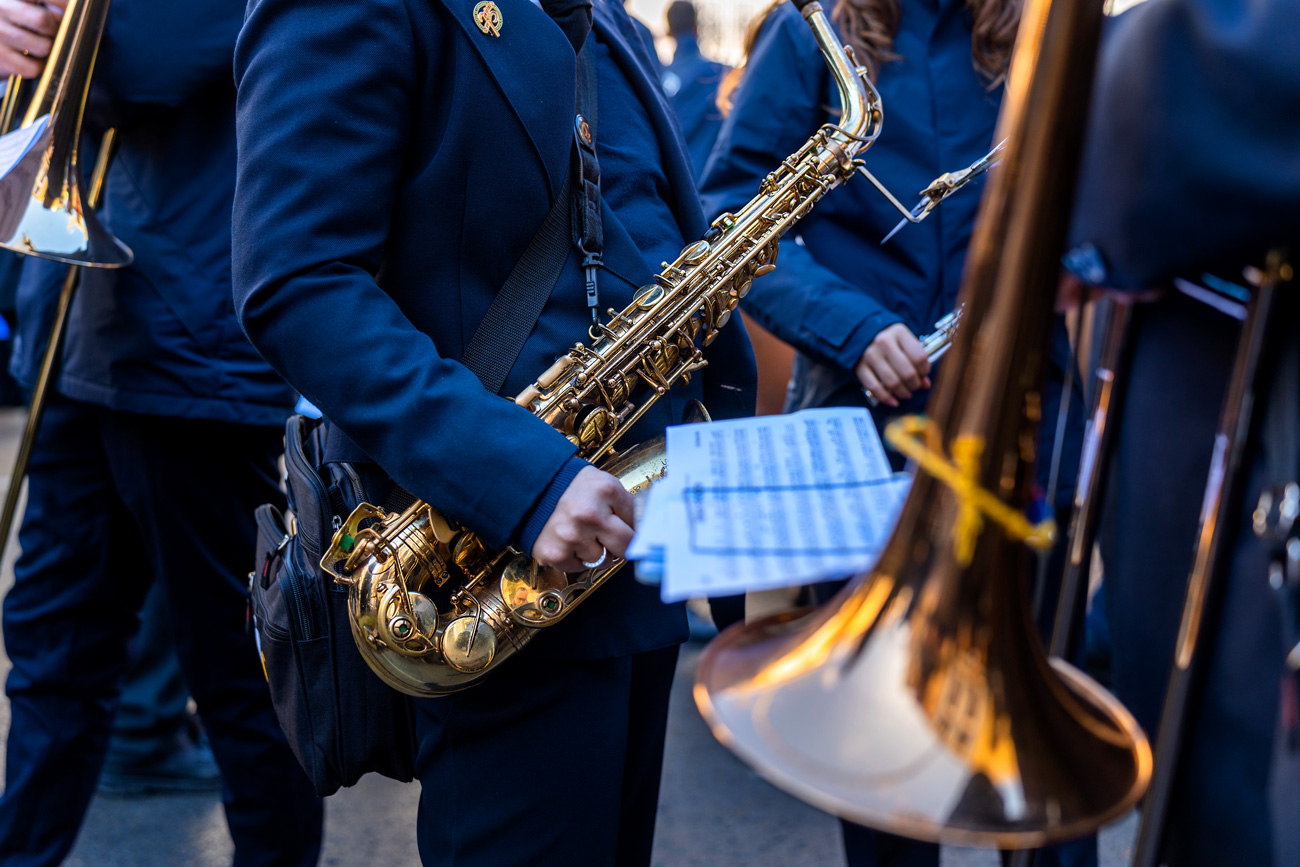Ultimate Guide: What is a Wind Orchestra or Ensemble?
23rd January 2019
If you are a music lover, chances are you will have heard some form of orchestral music, be that at the theatre, at live music events, or even on TV and film soundtracks. But what is an orchestra? Well, put simply, an orchestra is a group of musicians who play a range of instruments together to create live music. They differ from a marching band in that they are designed for concerts and seated performances.
Do orchestras have to be a certain size?
Whilst the definitions are not necessarily clear cut, orchestras can be split into three types depending on their size. Chamber orchestras have twenty or so members, symphony orchestras can have fifty to seventy members including large sections of brass or woodwind instruments, and full philharmonic orchestras can consist of up to a hundred members and will have very large sections of instruments.
Each type of orchestra can be made up of different combinations of instruments to create unique sounds. For example, an orchestra with a larger brass section would sound very different to one with a larger woodwind section. It is from this customisation that other types of orchestra have emerged, such as the wind orchestra.
The wind orchestra or ensemble
The modern form of wind ensemble (although there have been many versions for many centuries), was established by Frederick Fennell in 1952 when he created the Eastman Wind Ensemble. His wind ensemble model consisted of taking a broad range of wind instruments from orchestras but only representing them with one player of each instrument, making the ensemble much smaller than a traditional orchestra and thereby giving each instrument and player more prominence whilst still playing as a group. It is a model which is generally still used today.
Where most orchestras include string instruments, a wind orchestra is made up entirely of wind instruments. Note that we say ‘wind’ rather than ‘woodwind’, because an instrument does not need to be a woodwind instrument to be involved in a wind orchestra.
Any instrument which creates sound through the introduction of air or ‘wind’ can be considered a wind instrument. This includes brass instruments such as trumpets, trombones, saxophones, flutes and other types of instrument. It also includes instruments made of other materials such as plastic, which is growing in popularity as a more economical introduction to instrument practice.
As you can imagine, a wind ensemble creates a very unique sound, one which can be both delicate and robust at the same time as different combinations of brass instrument and woodwind instrument work together. Fennell found that in his wind ensemble model he was able to play music from a wide range of styles and eras including classical composers such as Mozart and Beethoven, and more modern composers such as Vaughan Williams and Stravinsky. Fennell’s wind ensemble model has also inspired generations of musicians to compose music specifically written for a wind ensemble where each instrument is represented by one player.
Whilst the wind ensemble as we know it today is a relatively modern design, the music that an ensemble plays can demonstrate centuries of wind music in beautiful and atmospheric ways.
